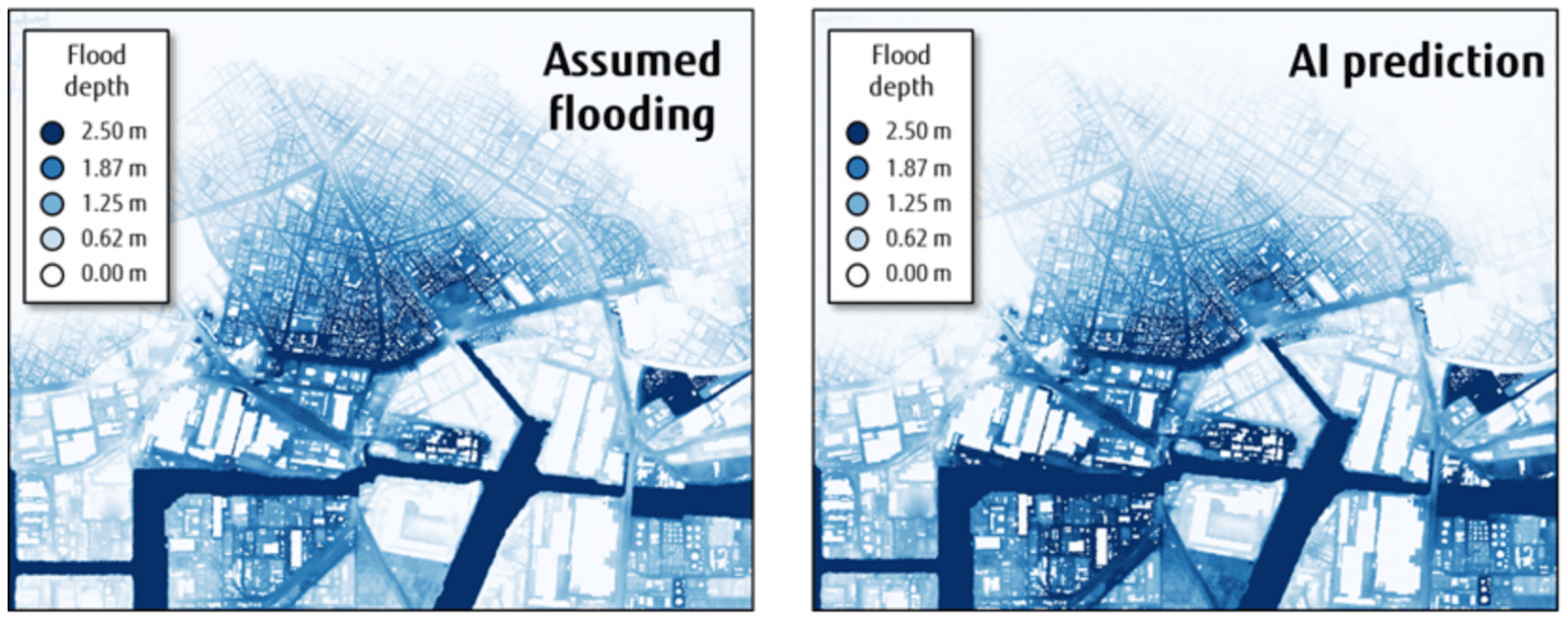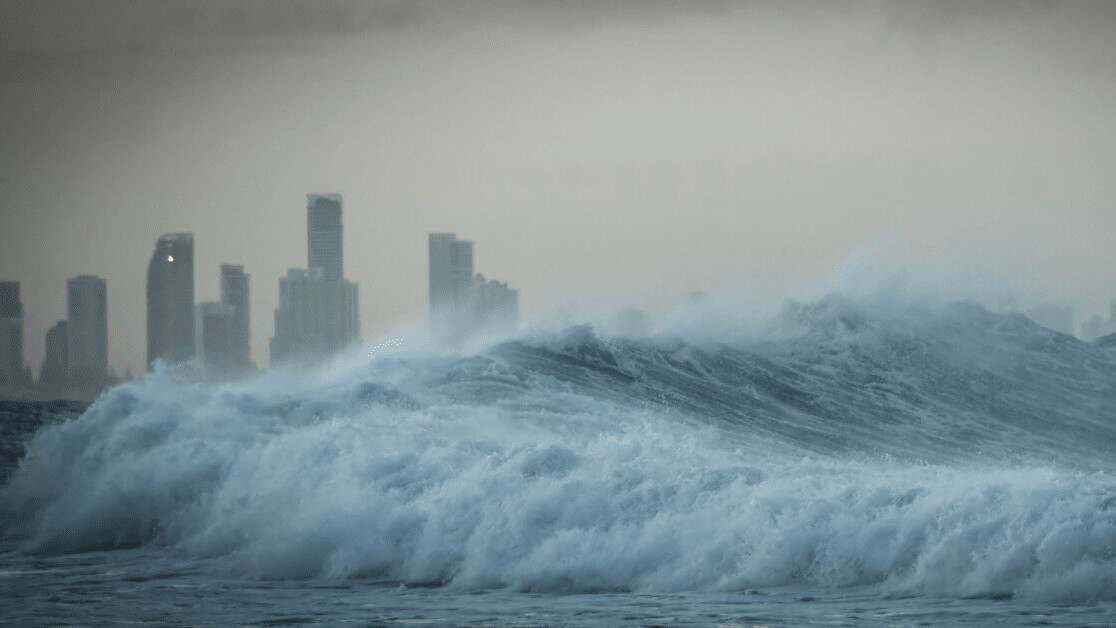Scientists have used the world’s fastest supercomputer to develop an AI tool that predicts tsunami flooding in almost real-time.
The system was created by researchers in Japan, one of the most seismically active areas in the world.
Tsunamis have occurred so frequently in the archipelago’s history that the Japanese invented a word to describe the phenomenon: “tsu” meaning harbour, and “nami” meaning wave.
In 2011, the country was hit by a devastating earthquake and tsunami that caused around 20,000 deaths and the worst nuclear distance since Chernobyl.
The tragic event exposed many shortcomings in Japan’s tsunami prediction method. The new AI model was designed to provide a more effective approach.
[Read: How Polestar is using blockchain to increase transparency]
The system’s developers first high-res tsunami simulations on the Fugaku supercomputer, which generated 20,000 possible outcomes.
This data was used to train the AI to predict flooding conditions before a tsunami strikes land by analyzing offshore waveforms at the time of an earthquake.

Notably, the model can also run on ordinary PCs, which will make it easier to use in prediction systems,
The researchers tested the system on a theoretical tsunami in Tokyo Bay. They say it produced highly accurate predictions in a manner of seconds for a variety of different tsunami scenarios.
They envision using the model to more accurately and rapidly obtain detailed flooding forecast data for specific areas. This could provide vital insights into the effects of tsunamis on buildings and roads in coastal urban areas.
Ultimately, it could give disaster management teams a powerful tool for planning their disaster mitigation and evacuation strategies.
Get the TNW newsletter
Get the most important tech news in your inbox each week.






